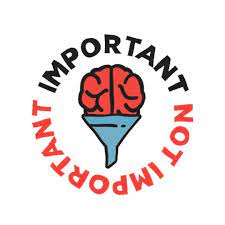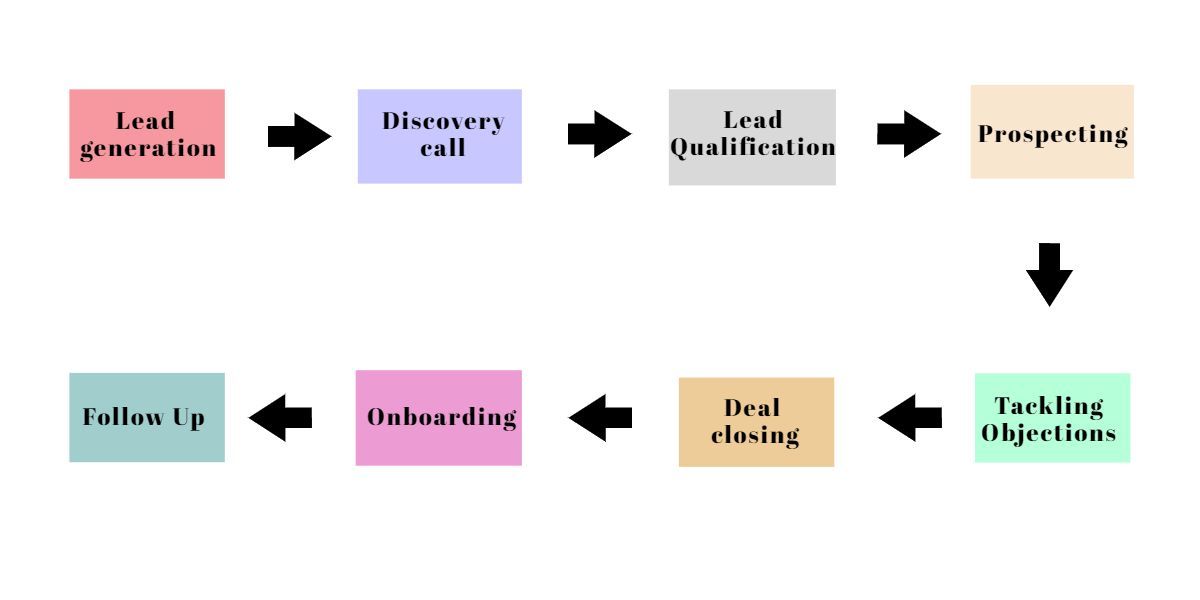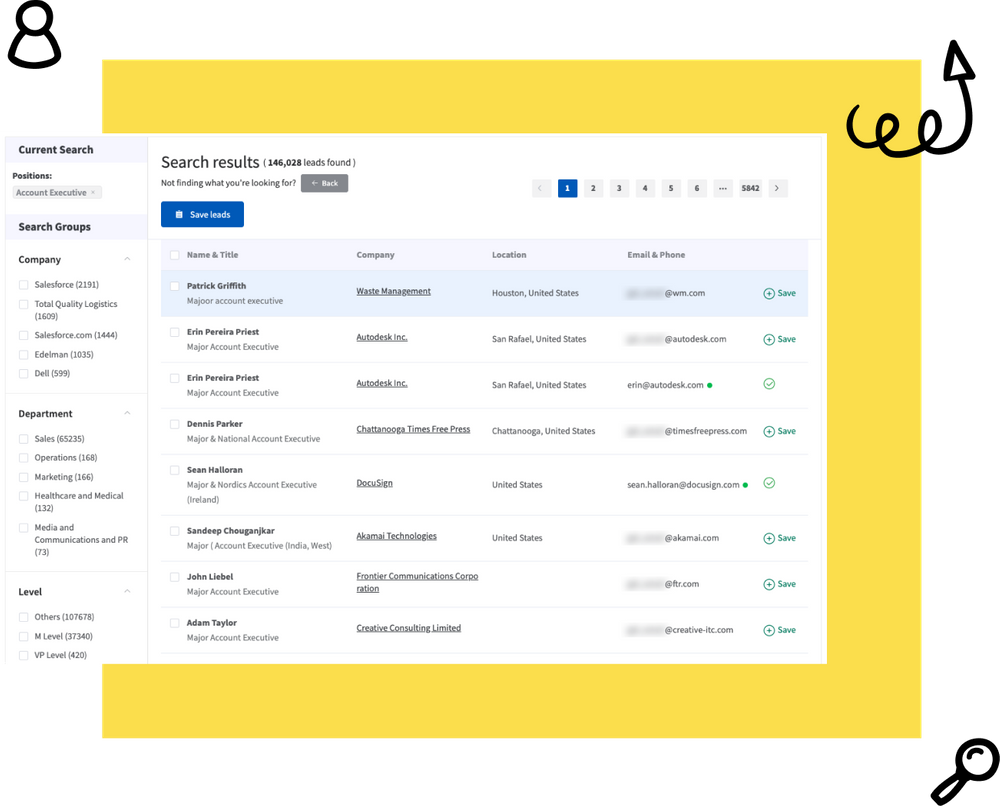Any salesperson should be familiar with the B2B sales process. The exact stages of the process, on the other hand, can be difficult to pin down and define, which can have a detrimental impact on your reps' selling efficiency and effectiveness.
It is critical for sales enablement and departmental success to ensure that the salesforce has a solid understanding of the B2B sales process.
Let's break down the stages of this process at a high level to help guide your training and coaching efforts, as each business will have its own interpretation.
From prospecting through selling and nurturing, a good sales process involves all valuable customer contacts.
Table of Content
Why B2B is Important?
Effective B2B sales strategies implemented through a rigorous process will literally translate into a higher rate of growth for your company. According to an HBR study, companies with a superior and well-managed sales process saw a 15% increase in their growth rate.
A sales process, in addition to a higher growth rate, provides direction. A sales rep who understands the various stages of the sales cycle has an internal compass to determine how and in which direction the sale is moving.

A sales rep armed with a rock-solid sales process can be compared to a spacecraft on a long journey that knows how to correct its course in different situations. Similarly, reps should be able to move through the sales cycle, making precise adjustments at the appropriate times.
To have a thorough understanding of the entire B2B sales pipeline, we must first understand the complexities of each stage of the process.
Sales Process Stages
You should try to tailor each sales process to the individual salesperson; these eight points are a great place to start and can be tweaked further down the line as needed. Depending on the information you obtained from the team, some processes may be shortened while others may require a minor modification.

1. Lead Generation
Every sales pipeline must be replenished on a regular basis. This is accomplished through the processes of lead generation and prospecting, which are nearly synonymous.
While lead generation isn't everyone's favorite task, it's an important part of the B2B sales process. After all, how can you sell to customers if you can't even find them?
There is a widespread and persistent misconception that lead generation is solely comprised of cold calling prospects. While cold calls are one method of lead generation, they are far from the only one.
When it comes to generating leads, modern salespeople have an entire playbook at their disposal. They can utilize:
- Social media
- Inbound marketing
- Website forms
- Email campaigns
- Direct marketing
- Artificial intelligence solutions for automated lead generation
2. Discoverty call
After you've assembled the leads, it's time to take their temperature and see how receptive they are to your pitch.
A discovery call allows salespeople to prepare the groundwork for buyer engagement. It is usually not a place for a heavy pitch, but rather for an introductory conversation.
Ideally, reps will use this time to ask questions that will help them fill out the lead's profile: what their business is, what their drivers are, what their pain points are, what their needs and wants are, and so on.
Reps, on the other hand, should be fully prepared for this call. This entails investigating the leader's business leadership, culture, and recent news. The purpose of this connect call is not to close a sale, but to begin nurturing the lead and laying the groundwork for a future conversion.
3. Lead qualifying
Now that you've laid the groundwork, it's time to make the call.
You should assess the prospect's suitability as a customer during the first section of your sales call.
Ask them open-ended questions, concentrate on their problems, and see if you can solve them. If not, don't push it! Time is of the essence, and if you have a good lead list, you will have plenty of people to speak with!
4. Prospecting
Before you can sell anything, you must first find someone to sell to, which is where prospecting, also known as lead generation, comes in.
This stage entails compiling a list of potential leads and conducting preliminary research to determine who they are and whether they are likely to be interested in hearing from your company. To find these leads, sales professionals typically use social media platforms such as LinkedIn, their existing network, and referrals from current customers.
If you already have a solid customer base, you should spend some time creating customer profiles to help you visualize your ideal customer demographics. This will assist the team in segmenting your audience and tailoring the tone of the messages they send to different audiences.
5. Tackling objections
A prospect is unlikely to be ready to buy immediately after hearing your pitch. They'll almost certainly ask you some questions, which you'll have to answer.
When it comes to handling objections, the prospect is always correct. If you flatly reject a prospect's objection, they will hang up. Instead, pay attention to what they have to say and reposition your offer to answer their question. Most likely, they haven't heard the right information yet.
You'll amass an arsenal of objection resolutions over time. Until then, simply acknowledge the objection and propose a reasonable solution. If everything goes as planned, it will be time to close the deal.
6. Deal closing
You're closing in on the finish line now that you've addressed any major sales objections, which means you're getting close to that all-important scribble on the dotted line.
To begin, you must prepare a proposal, negotiate the finer points, and obtain approval from all decision makers on both sides. Only then will you be able to secure your most recent client.
This process can be time-consuming and frustrating, as this is the prospect's last chance to back out if they so desire. There are a few things you can do to speed up the process, including:
- Present a limited-time offer, such as first-time buyer discounts.
- Reduce the number of products or packages available to the prospect to reduce the possibility of no decision being made at all.
7. Onboarding
Once a deal is closed, your sales team's role does not end. It's a good idea to have the same person who dealt with the customer throughout the sales process continue to ease the customer in during the onboarding process. This helps to create a sense of continuity and builds on the customer's previous trust and value from that person.
Onboarding can include anything from delivering the product to assisting the client in getting set up on your platform to simply acting as a liaison between the customer and the person in the organization who will be dealing with them throughout their time with your company.
Not only should your deals brigade be involved in the onboarding process, but they should also be involved in any significant developments with that client to cinch that they are in the circle when it comes to retaining that client over the long term.
8. Follow up
A buyer does not remain a lead indefinitely; some of them become customers. It is then up to your sales team to focus on customer retention and satisfaction in order to cultivate a long-term, mutually beneficial relationship.
Schedule regular follow-ups to stay on top of things and to be available to answer questions or troubleshoot issues as they arise.
Final Words
Effective management of the entire B2B sales process in an organization is critical to meeting revenue projections and sales quotas.
Understanding the B2B sales process entails more than just knowing what it entails. Constant repetition and experience at each stage will allow you to tailor the entire process to your preferences.
LeadMine : Find your next customer in minutes, not months.
LeadMine is a lead generation platform used by all types of businesses. From over 200 million contacts, you may identify your target b2b leads as well as their email addresses.

Start your Lead Generation for free today!
- 30 days free trial
- No credit card
- Cancel any time





